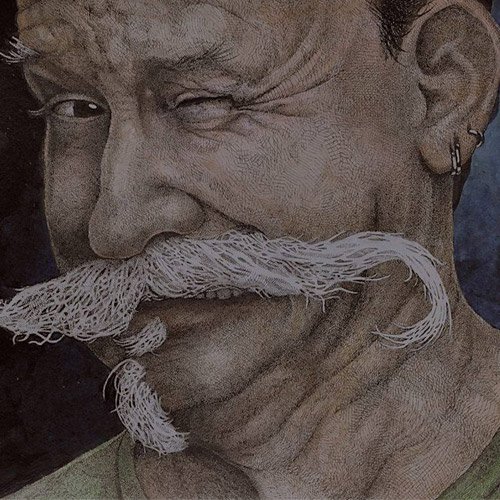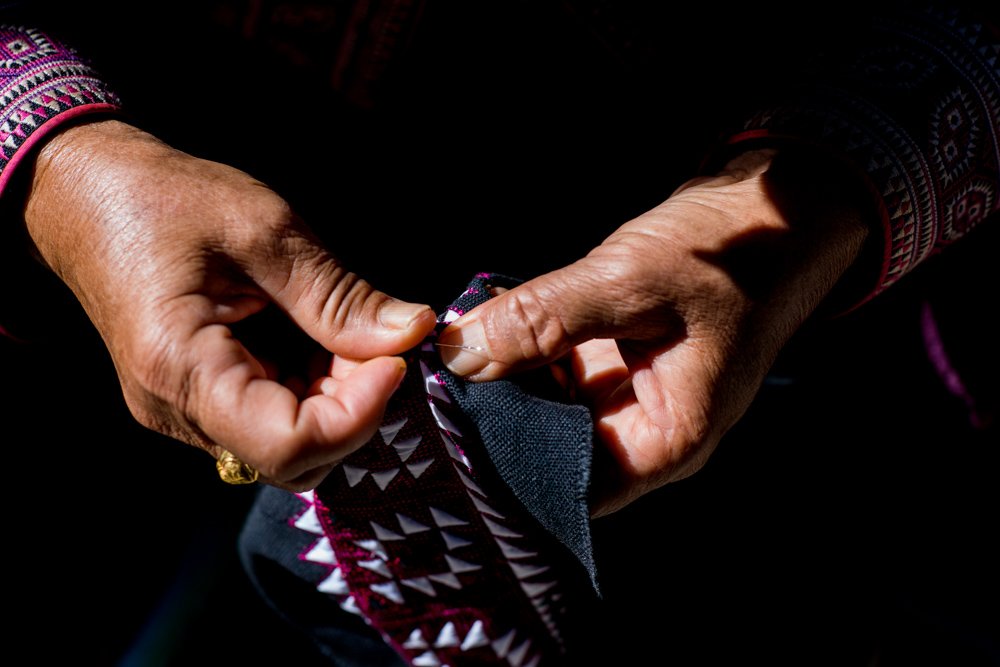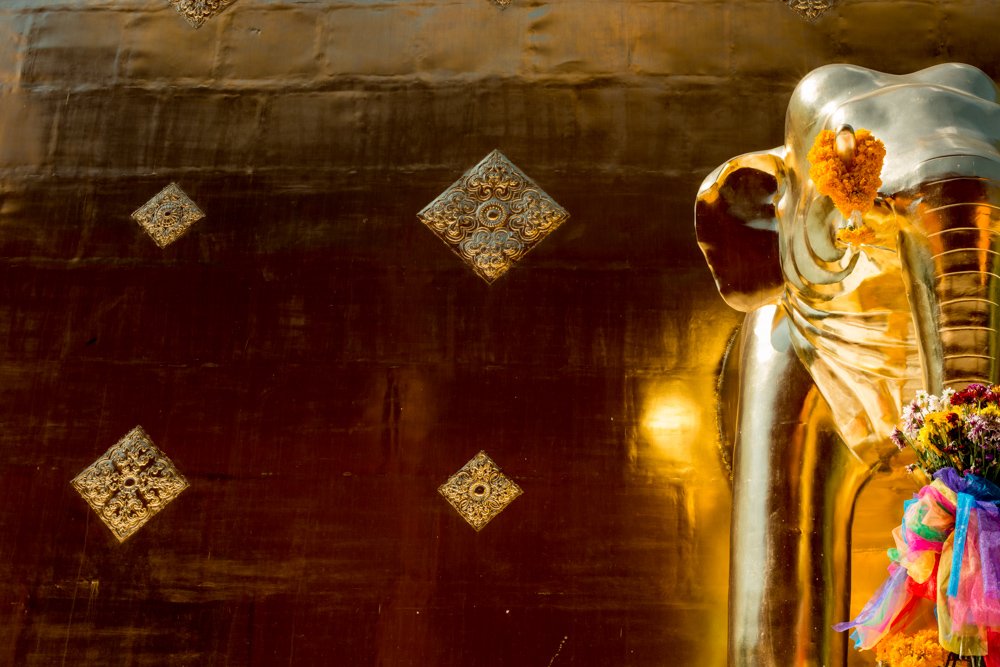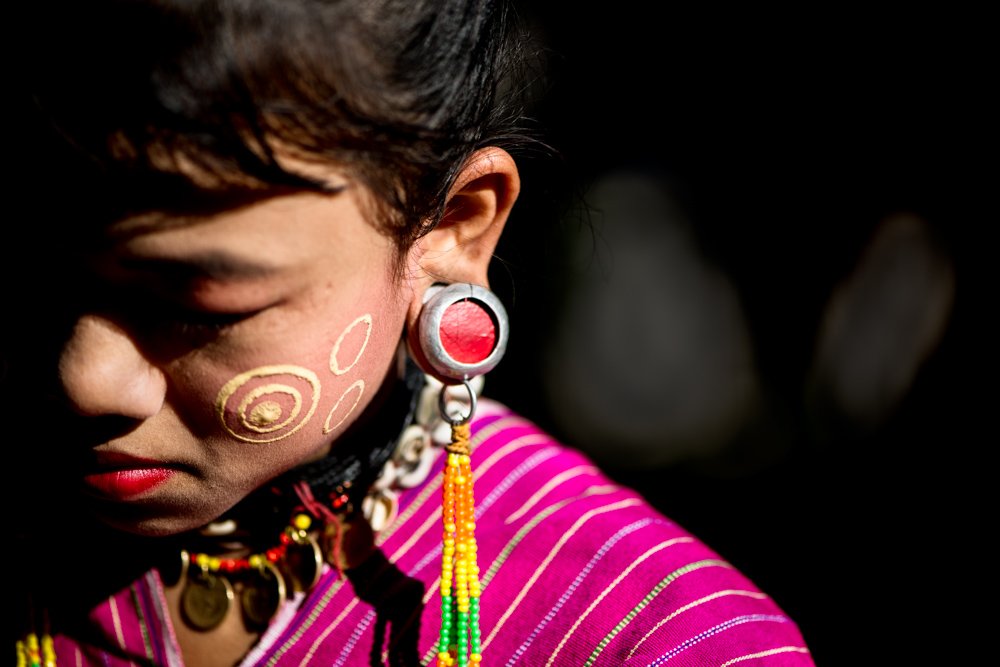Exposing Your Creative Intent for More Powerful Photos

by
Kevin Landwer-Johan

Every photographer wants to take more powerful photos. How you do this depends a lot on your creative intent. What do you want the photos you take to convey to those who see them?
Understanding the way your camera works is the first big step to becoming a more creative photographer. Now you have learned how your camera gathers data and measures light you can take more powerful photos. In the previous articles in this series, I hope I’ve explained it clearly.
With the left brain satisfied, I’ll now introduce you to the really important stuff. The need to express your creative intent in your photographs.
The Photographer’s Right Brain – Artistic Expression
All art is subjective. Photographers seek to show how they see the world around them. It is different for all of us.
This is where your creative intent comes into play so you can take more powerful photos. Technically correct photographs, without artistic expression, are often boring.
Engaging your right brain, as well as your left brain, empowers you to make unique photographs.

There are a number of factors which combine to make more powerful photos:
- Subject
- Relationship with your subject
- Color
- Composition
- Timing
- Tone
- Light
Choices you make about these are your creative expression. In this previous article, I explore in more depth why this is so.
Here I’m focused on light and how manually setting your camera gives you formative control of your exposure. This results in more powerful photos.
Light is the essence of photography. Without light, you cannot make a photograph. Control the light, in conjunction with the other factors in the list above, and you will make fabulous images.
Learning to See the Light
Seeing the effect of light will help you make important choices before you press your shutter release button.

Ask yourself these questions about what you see through your viewfinder or on your monitor:
- Is there high contrast or low contrast?
- Is the light hard or soft?
- Where is the brightest part of my composition?
- What’s the darkest part of my composition?
- What is the most important element in my composition?
Being aware of the tone range you are seeing will guide you to set your exposure well.
Soft light and low contrast make an overall, even exposure possible. They will not challenge the ability of a modern camera to capture detail in every part of a photograph.
Hard light and high contrast require more imaginative thought on your part. Your camera has limited capacity to include detail across a broad tone range. So you must choose how you will set your exposure.

Do you want to see detail in the highlights? Are the shadow areas more important?
Concentrate on What’s Crucial for More Powerful Photos
Focus on the main element in your composition. Make your choices about exposure based on your subject.
You may want to underexpose and create a silhouette. Maybe overexposure will best fit the mood you wish to create in your photo. Most often you’ll want to have your main subject exposed well.

Using your monitor to determine exposure settings it’s easy to concentrate on how your main subject is exposed. Alternatively, using your spot meter will allow you to take a reading from your subject.
This is why I alternate between averaged and spot metering frequently. I can place my spot meter precisely on the part of my composition I want. From the information the camera provides, I can set my exposure.
Use Your Exposure Meter as a Guide for More Powerful Photos
Remember that your camera’s exposure meter is calibrated to middle gray. If you want your subject to render as black or as white, you’ll need to adjust your settings alternative to what the meter is indicating.
This is where your intent comes into play. By religiously following the data your camera displays, you’ll not always get the look you want. You’ll take photos which look like they were made on Auto.

I’ll often take a meter reading, set my exposure, and then check how the image looks on my monitor. If it needs tweaking because my subject is too bright or too dark, I will guess how much to adjust the aperture and/or shutter speed.
Practice and understanding of exposure will help you to do this too.
Ansel Adams’ Zone System
The famous American photographer, Ansel Adams, is best known for his black and white landscape images of the American West. He was particularly exacting in his exposures and tone range in his photos.
In the 1930s Adams and fellow photographer and teacher, Fred Archer, developed what they called the Zone System. This is a tool for better understanding and implementation of exposure.
Adams style of precise exposure and incredible tone range in his large-format film photographs were made possible by his clear understanding of principles of light. The Zone System can teach you to be more exacting and have a greater appreciation of light.
In my next article in this series, I will explore how you can make use of the zone system to help you make more creative exposures.
Further Reading
If you’ve enjoyed reading this post you will also enjoy ‘Five Key Things All The Best Photos Have In Common’ and “Photographing People”
